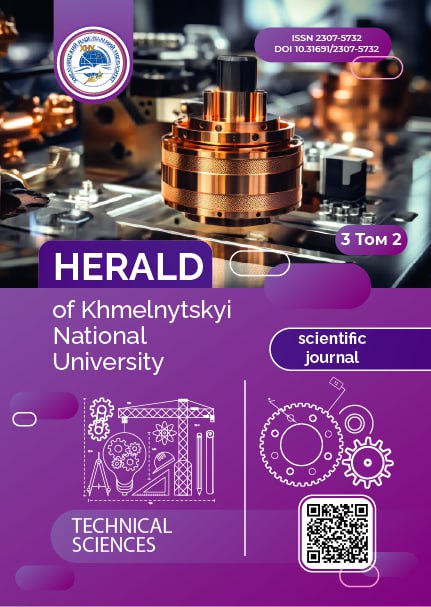LSTM NETWORKS IN TRAFFIC FORECASTING AND OPTIMIZATION: CAPABILITIES, CHALLENGES AND FUTURE PROSPECTS
DOI:
https://doi.org/10.31891/2307-5732-2025-353-24Keywords:
LSTM Networks, traffic forecasting, traffic optimization, deep learning, intelligent transportation systems, spatiotemporal modelingAbstract
Recent advancements in traffic optimization have increasingly relied on Long Short-Term Memory (LSTM) neural networks to enhance real-time traffic flow prediction and management. LSTM-based models outperform traditional methods like AutoRegressive Integrated Moving Average (ARIMA) and Support Vector Machine (SVM), achieving over 90 % accuracy in urban traffic forecasting. These models excel at capturing temporal dependencies and spatial heterogeneity, with hybrid architectures such as GCN-LSTM (Graph Convolutional Network-LSTM) further improving spatial feature extraction in road networks. For instance, GCN-LSTM models have achieved a 95,2 % fitting degree (R²) and reduced prediction errors by 30% compared to standalone models. Innovations like attention mechanisms (e.g., NTAM-LSTM) have also enhanced robustness by dynamically prioritizing critical traffic features such as flow volume and speed, reducing MAE (Mean Absolute Error) to 0,401 in network traffic datasets.
Beyond ground transportation, LSTM frameworks have been adapted for air traffic safety, predicting flight conflicts with less than 3 % error by integrating parameters like airspace density and velocity. Applications span dynamic route planning, traffic signal optimization, and congestion control, with LSTM-integrated systems reducing travel delays by up to 25 % during peak hours. However, challenges remain in scalability, data quality, and real-time processing, necessitating future work on edge computing and multi-modal data fusion. By synthesizing spatial-temporal dependencies and adaptive learning, LSTM networks underscore their transformative potential in addressing global transportation challenges.
The study highlights LSTM integration with edge computing and multi-modal data for real-time systems. Hybrid models (e.g., GCN-LSTM) reduce urban delays by 25%, outperforming standalone approaches. Future frameworks must adapt to dynamic traffic and external factors (weather, accidents), advancing sustainable, data-driven urban mobility.
Downloads
Published
Issue
Section
License
Copyright (c) 2025 АНДРІЙ СМЕТЮХ, ОРЕСТ БІЛАС (Автор)

This work is licensed under a Creative Commons Attribution 4.0 International License.

